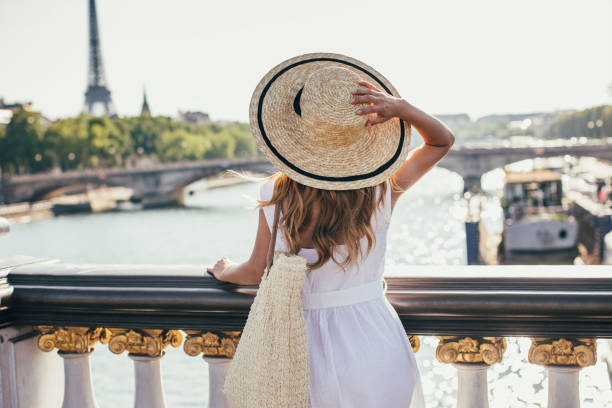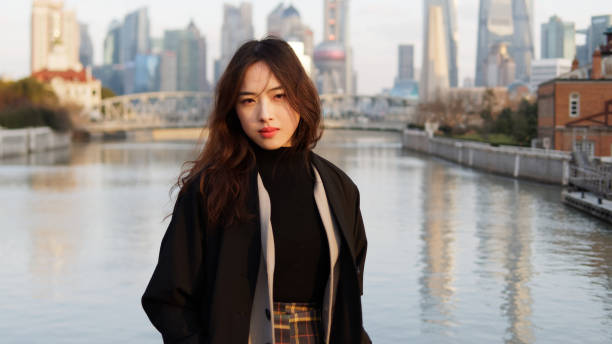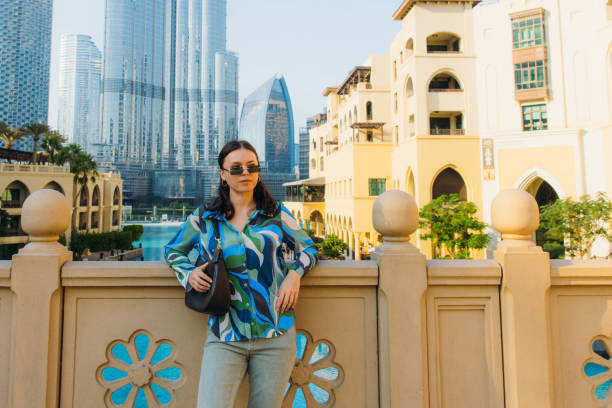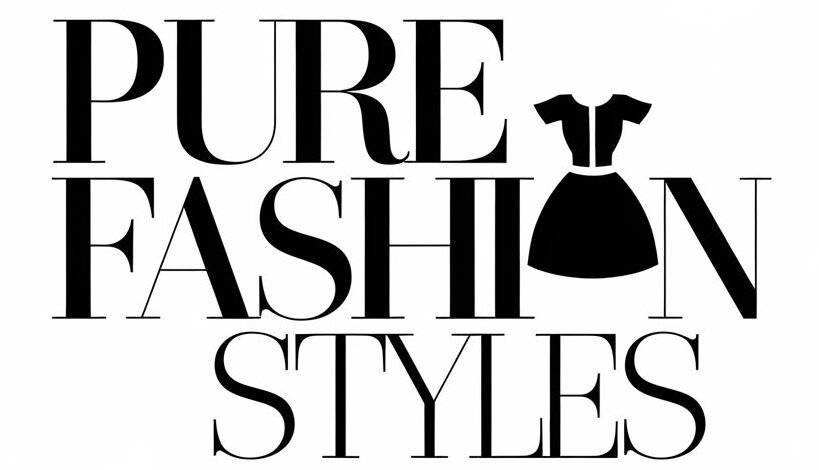Fashion Capitals of the World 2025 You Must Explore

Have you ever wondered how a city earns the prestigious title of “Fashion Capitals of the World”?
These are not just places with dazzling runways and high-end boutiques; they reflect centuries of innovation, artistry, and cultural influence. From Paris’s timeless elegance to New York’s groundbreaking practicality, fashion capitals don’t just set trends; they define them.
This article takes you on a journey through the stories of these iconic cities, exploring what makes them global style pioneers and unveiling the rising stars that could redefine the fashion landscape.
Top 10 Fashion Capital of the World
The “Top 10 fashion capital of the world” refers to cities celebrated for their global influence in shaping fashion trends.
- Paris, France
- Milan, Italy
- New York, USA
- London, UK
- Tokyo, Japan
- Los Angeles, USA
- Barcelona, Spain
- Rome, Italy
- Shanghai, China
- Berlin, Germany
These cities are celebrated for their unique styles, luxury brands, and trendsetting fashion weeks. Let me know if you’d like more details about any of them!
Capital of Fashion
The “Capital of Fashion” is a title often attributed to a city renowned for its unparalleled influence on the global fashion industry.
It represents a hub of creativity, luxury brands, and defining trends that shape worldwide style preferences.

History of Fashion Capitals
The history of fashion capitals highlights cities like Paris, Milan, New York, and London shaping global fashion.
Each developed unique styles through renowned designers, luxury brands, and influential fashion weeks, establishing their status as trendsetters over centuries.
Fashion Capital of the World Italy
“Fashion capital of the world Italy” highlights Milan, Italy’s style epicenter.
Known for impeccable tailoring, luxurious designs, and brands like Gucci and Prada, Milan sets global standards in artful craftsmanship and innovation, solidifying Italy’s leadership in the fashion industry.
Also Read: 80s Style Heathers Fashion Power Looks

Fashion Capital of Europe
The “Fashion capital of Europe” signifies cities like Paris and Milan that dominate European fashion. With world-class runways, innovative designers, and rich fashion history, these cities consistently elevate Europe’s prominence in luxury and trendsetting global style.
Italian Fashion Industry
The Italian fashion industry is renowned for luxury, craftsmanship, and design excellence.
Featuring iconic brands like Gucci and Prada, it blends tradition with innovation, creating high-end clothing, accessories, and leather goods that influence global fashion markets.

Parisian Fashion Style
Parisian fashion style embodies timeless elegance and sophistication. Characterized by effortless chic, neutral tones, and high-quality materials.
it reflects the city’s legacy as a global fashion capital, with influences from haute couture and iconic French design.

Shanghai Fashion Style
Shanghai is rising as a style powerhouse, blending advanced technology with rich Chinese heritage.
The city’s vibrant Shanghai Fashion Week showcases futuristic designs, merging tradition with modern trends. Its booming e-commerce platforms, like Tmall Luxury Pavilion, make it a hotspot for luxury fashion lovers worldwide.

Seoul – Global Style with K-Fashion
Seoul’s influence in fashion grows with the global popularity of K-pop and K-drama. Designers like Minju Kim bring bold, innovative styles inspired by traditional Korean clothing.
Seoul Fashion Week and its edgy streetwear scene set trends that combine artistic creativity with everyday wear.

Dubai – Luxury with a Modern Fashion Style
Dubai is a hub of luxury, hosting events like Dubai Design Week and Arab Fashion Week. Its designers draw on Middle Eastern elegance, creating unique styles that fuse tradition with contemporary luxury.
Dubai is also gaining attention for its eco-friendly fashion brands, promoting sustainability in opulent ways.

Milan Fashion
“Milan fashion” refers to the signature style emerging from one of the world’s fashion leaders.
Known for its meticulous tailoring, bold patterns, and luxury craftsmanship, Milan fashion combines artistic tradition with innovative trends that captivate global audiences.

Milan Fashion Week
Milan Fashion Week is an iconic global event held twice a year. It showcases cutting-edge designs from luxury brands and emerging talent, reinforcing Milan’s position as a leader in redefining fashion through artistry, precision, and innovation on runways.
Also Read: Is Fashion Designing a Good Career? Discover Its True Potential!?
Global Fashion Trends
Global fashion trends refer to popular styles, designs, and influences shaping clothing and accessories worldwide.
Driven by fashion weeks, celebrities, and culture, these trends evolve seasonally, reflecting innovation, creativity, and consumer preferences across diverse markets.

How Did Paris, Milan, London, and New York Rise to Fame?
Every empire has its story, and fashion capitals are no exception. Paris claimed its throne during the 18th century, establishing haute couture as the ultimate luxury signal.
Milan’s rise came with its unparalleled craftsmanship and love for all things opulent. London embraced risks with trailblazing creativity, while New York revolutionized practicality with ready-to-wear.
What other cities have tried and failed to join this prestigious league?
Tokyo, Berlin, and São Paulo all made their attempts but couldn’t dethrone the Big Four. Their failure highlights the unique blend of history, culture, and innovation these capitals embody.
What makes London globally unique?
It’s the fostering of emerging talent. Schools like Central Saint Martins inject fresh energy into the industry every year. The city also leads the conversation on gender-fluid fashion, breaking barriers with unapologetic innovation.
Why does London stand out globally? It’s about taking risks that others won’t, mixing boldness with elegance in a way no one else can.

Spotlight on Paris – The Haute Couture Mogul
Paris is synonymous with elegance. It’s where designers like Coco Chanel and Christian Dior made timeless fashion synonymous with everyday luxury.
Today, Paris is host to the world-renowned Paris Fashion Week. Famous for dazzling runways and breathtaking couture, this event solidifies the city’s influence.
Also Read: Experience the $5 Million Net Worth Lifestyle With Luxury & Freedom
But Paris doesn’t just cater to luxury. Did you know that smaller, less prominent neighborhoods like Le Marais are home to inventive boutiques specializing in sustainable fashion? These hidden gems are shaping the future of eco-conscious clothing.
London – A Playground for Fashion Mavericks
No city embraces individuality like London. From Alexander McQueen’s daring creations to Vivienne Westwood’s rebellious punk-inspired looks, this city thrives on creativity. Fashion Capitals of the World
The Innovation of Milan – Style That Speaks Art
Milan is where art meets fashion. Its precision tailoring, incomparable textiles, and avant-garde spirit set it apart.
Brands like Versace and Prada are global phenomena, but it’s Milan Fashion Week that steals the spotlight every season.
Here’s something many people overlook: Milan’s emerging focus on sustainability. Local designers are leading the charge with eco-friendly materials and ethical practices, proving Milan is not only about luxury but responsibility.

New York – Setting the Stage for Global Fashion Revolutions
New York is the birthplace of ready-to-wear fashion. Practicality, diversity, and innovation define its style, with designers like Ralph Lauren and Marc Jacobs leading the way.
New York Fashion Week adds the electric energy of the city itself, making it an unmissable event.
Must-Know Facts About the Big Four Fashion Capitals
Each of these cities offers something irreplaceable. Paris provides timeless luxury. Milan gives us unmatched artistry. London pushes boundaries, and New York modernizes style for the masses.
But as the world changes, so does fashion. Could emerging hubs like Shanghai or Dubai pose a future threat? Only time will tell.
Also Read: Hidden Opportunities of the Free Use Lifestyle
Informational Breakdown Your Competitors Missed
Did you know that technology is transforming all four capitals? From virtual try-ons to AI-powered fashion weeks, each city is integrating cutting-edge innovations.
Additionally, cultural festivals in these cities offer a rich narrative, connecting fashion with their local history and traditions.

Lesser-Known Facts and Stories About Fashion
Paris – The Haute Couture Pioneer
- Gabrielle Chanel’s Revolutionary Black Dress: While Coco Chanel is synonymous with haute couture, her introduction of the simple black dress in the 1920s forever changed how women dressed, proving that timeless style could come from minimalist design.
- Le Marais’ Past Life: The trendy Le Marais neighborhood, known for its eclectic boutiques today, was once home to French nobility and included many grand mansions. Over time, these were repurposed, creating a unique blend of heritage and modernity in the heart of Parisian fashion.
Milan – Where Fashion Meets Art
- The Silk Route Influence: Milan became a fashion hub in part due to a deep historical connection to the silk trade during the Renaissance era. The fabrics that passed through Milan were some of the finest in Europe, laying the groundwork for the city’s luxurious aesthetic today.
- Galleria Vittorio Emanuele II: This iconic shopping mall in Milan is one of the oldest in the world, completed in 1877. More than just a retail space, it exemplifies Milan’s tradition of fusing art and commerce, with mosaic floors and exquisite architecture.

London – A City of Rebels and Visionaries
- The Mod Movement: During the 1960s, London’s Carnaby Street became the center of the Mod subculture, which popularized bold prints, mini skirts, and slim tailoring. It symbolized a youthful rebellion that continues to define London’s daring fashion identity.
- Savile Row’s Hidden Gems: Known for bespoke menswear, Savile Row is home to some tailors with centuries of history. For example, Henry Poole & Co., credited as the “Founder of Savile Row,” made the first-ever dinner jacket (tuxedo) for the Prince of Wales in 1865.
New York – Practical Elegance Under a Skyline
- The Garment District’s Role: New York’s rise as a fashion capital is deeply tied to its Garment District, which produced over 80% of all women’s and children’s clothing in the U.S. in the early 20th century. This industrial foundation gave rise to its accessible, ready-to-wear focus.
- Harlem Renaissance Fashion: The 1920s Harlem Renaissance not only transformed art and music but also introduced daring and elegant fashion. Figures like Josephine Baker turned flapper fashion into a symbol of cultural freedom and expression in New York.
FAQs
What are the big 4 fashion countries?
The Big 4 fashion countries are France (Paris), Italy (Milan), the United States (New York), and the United Kingdom (London), hosting the most influential fashion weeks globally.
What makes Milan Fashion Week unique?
Milan Fashion Week stands out for its focus on luxury craftsmanship, showcasing Italian elegance through brands like Gucci, Prada, and Versace.
How do fashion capitals influence global trends?
Fashion capitals set global trends by hosting fashion weeks where top designers debut collections that shape seasonal styles worldwide.
What are emerging fashion capitals?
Cities like Tokyo, Seoul, and Shanghai are emerging as fashion capitals, blending traditional styles with modern innovation.

Conclusion
Global fashion industry, shaping styles with their unique blend of creativity, history, and innovation.
Yet, the fashion world is evolving. Cities like Shanghai, with its tech-driven luxury market, and Dubai, with its sustainable opulence, are challenging the status quo and hinting at a future where tradition meets technology.

